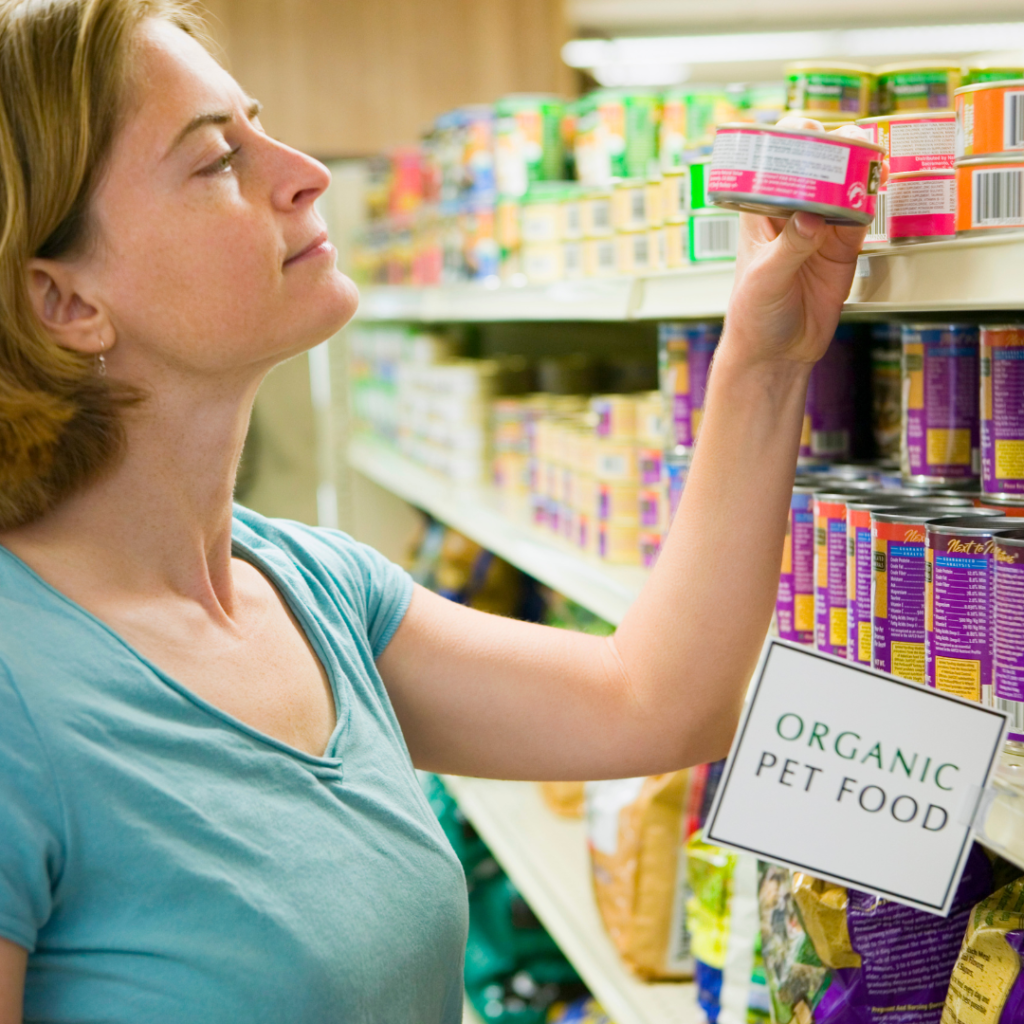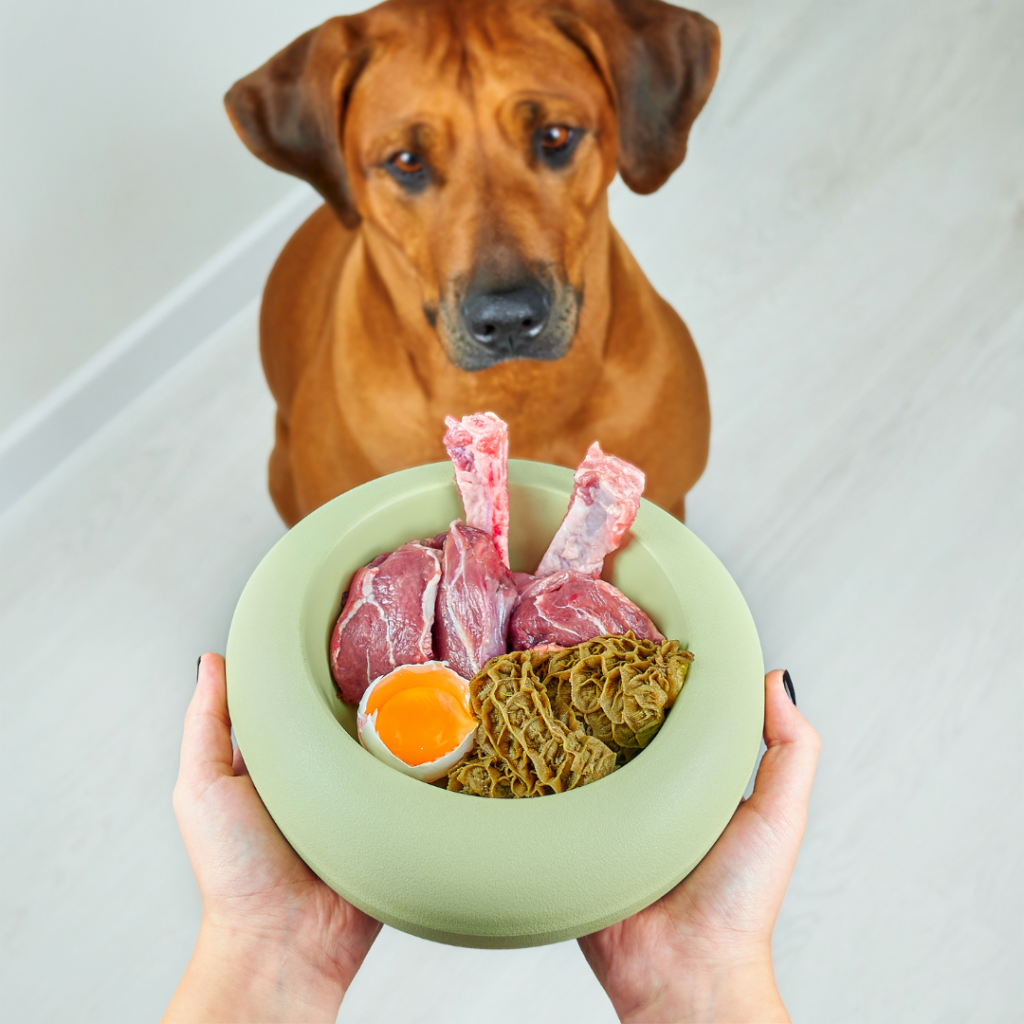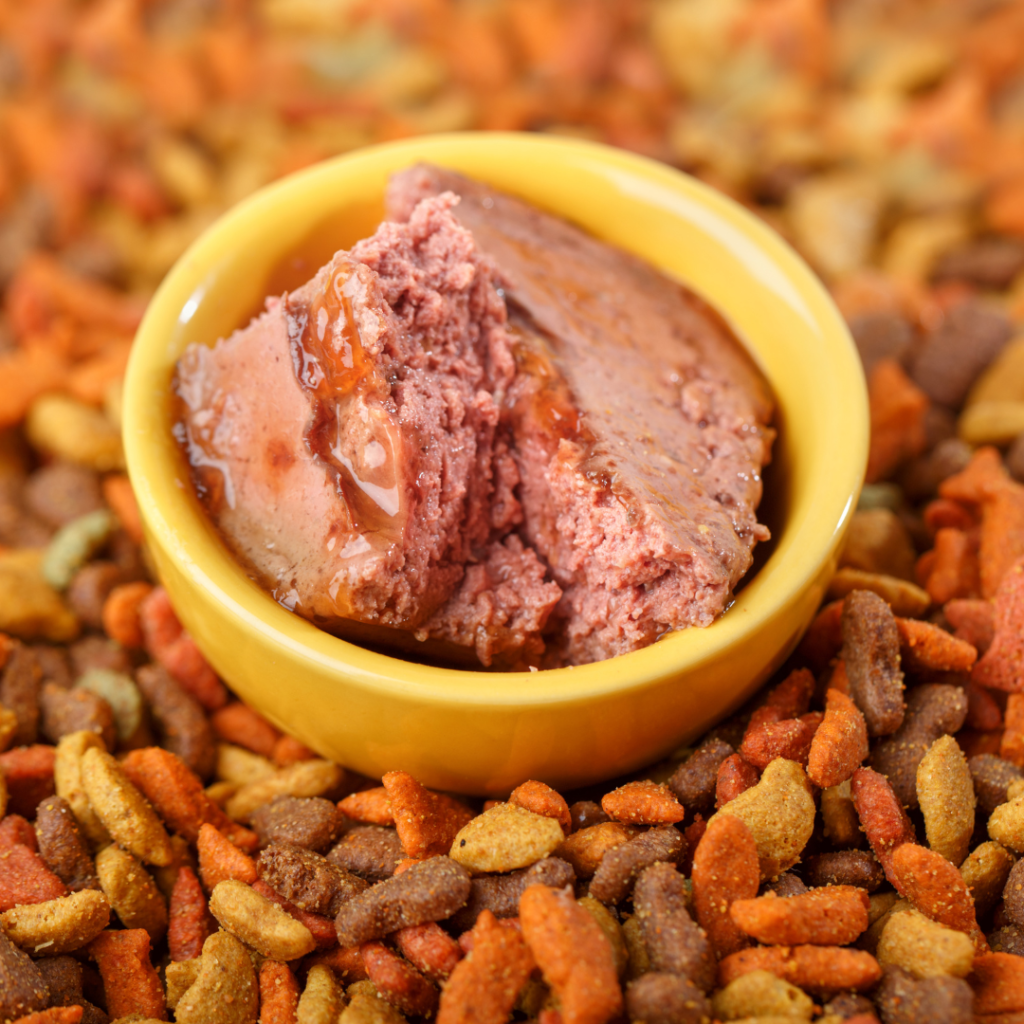
Greetings, fellow pet enthusiasts! Today, we embark on a journey through the aisles of the pet food section, deciphering labels, and making informed choices for our cherished furry companions. With a myriad of options available, from commercial diets to raw feeding and homemade meals, let’s explore how to navigate the pet food aisle with confidence and ensure our pets enjoy the best possible nutrition.

Understanding Commercial Diets
Commercial pet foods come in various forms, including kibble, canned, and semi-moist options. These diets are formulated to meet specific nutritional standards and are convenient for busy pet parents. When choosing a commercial diet, look for reputable brands that prioritize high-quality ingredients, provide balanced nutrition, and adhere to industry standards.

Decoding Pet Food Labels
Become a savvy label reader! Ingredient lists on pet food labels offer insights into the quality of the product. Look for named protein sources (e.g., chicken, beef) at the top of the list. Avoid excessive fillers and artificial additives. Familiarize yourself with terms like “complete and balanced” to ensure your pet’s nutritional needs are met.

Considering Specialized Diets
Pets with specific health conditions or dietary needs may benefit from specialized diets. These can include grain-free options, limited-ingredient diets, or prescription diets formulated to address specific health concerns. Consult with your veterinarian to determine if a specialized diet is appropriate for your pet.

Exploring Raw and Homemade Options
Raw feeding and homemade diets have gained popularity among pet owners seeking a more natural approach. While these options can provide a variety of fresh, whole ingredients, it’s crucial to ensure they are well-balanced and meet your pet’s nutritional requirements. Work closely with your veterinarian to create a safe and balanced raw or homemade diet.

Understanding Your Pet’s Unique Needs
Every pet is an individual with unique dietary requirements. Consider factors such as age, breed, size, activity level, and any health conditions when selecting their food. Puppies, seniors, and pets with allergies or sensitivities may benefit from specific formulations tailored to their life stage or health status.

Balancing Wet and Dry Foods
Both wet and dry pet foods have their advantages. Wet foods can be more palatable and aid in hydration, while dry kibble contributes to dental health by promoting chewing. Many pet owners opt for a combination of both to provide a well-rounded diet. Consult with your vet to determine the best balance for your pet.

Consulting with Your Veterinarian
Your veterinarian is your best ally in making dietary decisions for your pet. Regular check-ups allow your vet to monitor your pet’s health, address any emerging issues, and provide personalized dietary recommendations. Open communication with your vet ensures that your pet’s diet aligns with their unique needs.

Transitioning Diets with Care
If you decide to change your pet’s diet, do so gradually to prevent digestive upset. Mix the new food with the old, gradually increasing the ratio of the new diet over several days. Watch for any signs of sensitivity or adverse reactions during the transition.
In conclusion, navigating the pet food aisle involves a balance of informed decision-making and consideration for your pet’s individual needs. By understanding commercial diets, decoding labels, exploring specialized options, considering raw or homemade diets with caution, understanding your pet’s unique requirements, balancing wet and dry foods, consulting with your veterinarian, and transitioning diets with care, you can make choices that contribute to your pet’s health and happiness. Here’s to well-informed shopping and nourishing your furry friend with the best! 🐾🛒
